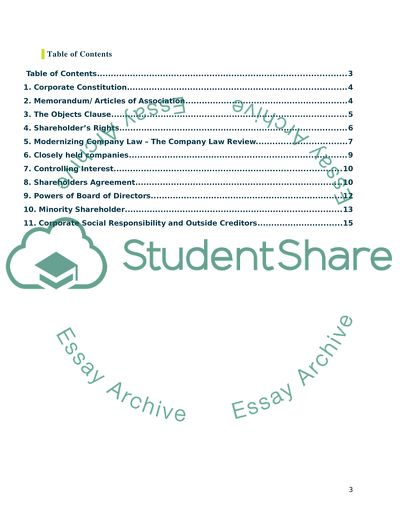Cite this document
(Corporate Social Responsibility: Company Law Article - 1, n.d.)
Corporate Social Responsibility: Company Law Article - 1. Retrieved from https://studentshare.org/law/1730759-company-law-essay
Corporate Social Responsibility: Company Law Article - 1. Retrieved from https://studentshare.org/law/1730759-company-law-essay
(Corporate Social Responsibility: Company Law Article - 1)
Corporate Social Responsibility: Company Law Article - 1. https://studentshare.org/law/1730759-company-law-essay.
Corporate Social Responsibility: Company Law Article - 1. https://studentshare.org/law/1730759-company-law-essay.
“Corporate Social Responsibility: Company Law Article - 1”, n.d. https://studentshare.org/law/1730759-company-law-essay.


